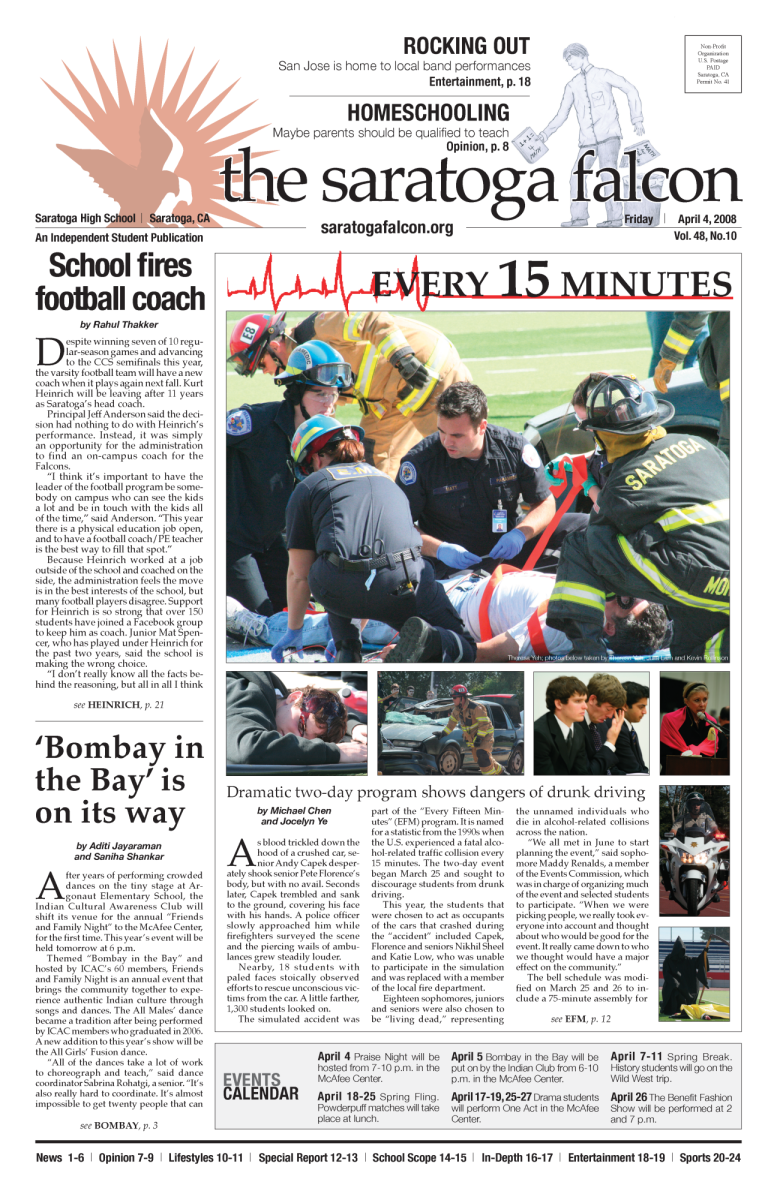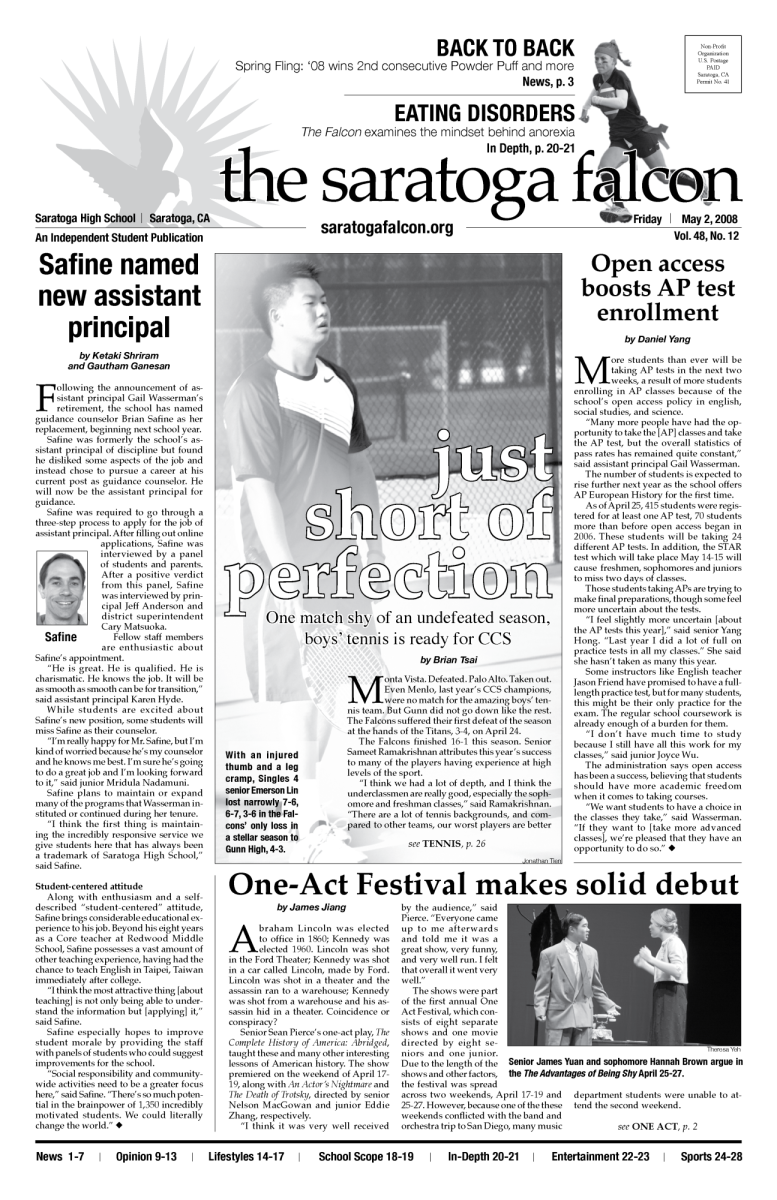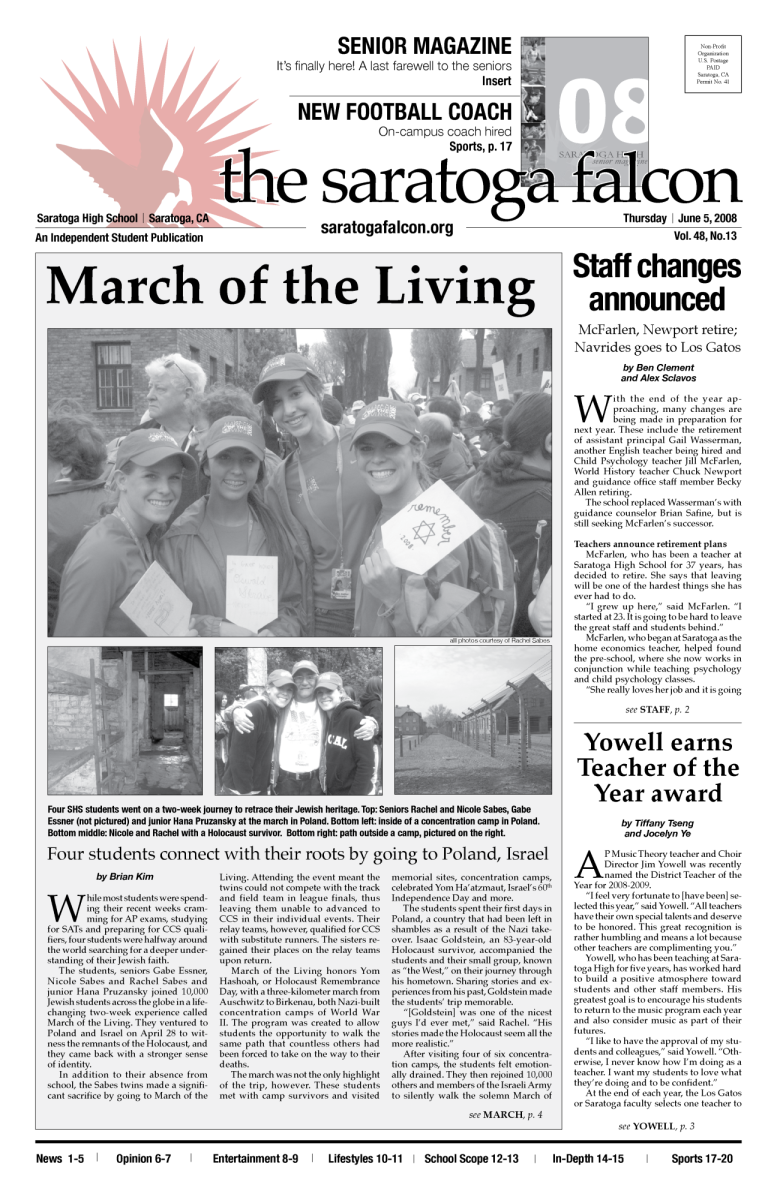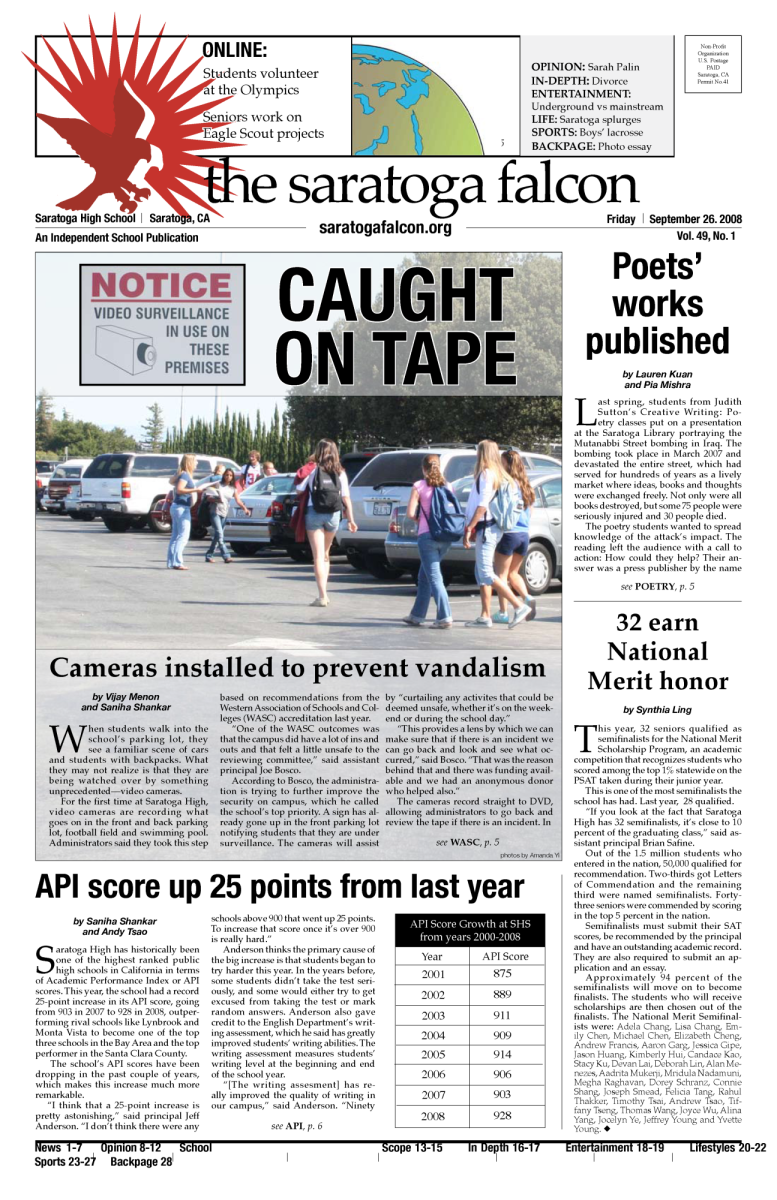Carl Jung, the founder of analytical psychology, said, “The creation of something new is not accomplished by the intellect, but rather by the play instinct rising from inner necessity.”
That inner necessity is exactly what Google engineer Paul Buchheit tapped into one afternoon in 2004 when he created Gmail, the most widely used email client today. This creation resulted from a policy at Google encouraging engineers to spend 20 percent of their time working on something company-related that interests them personally.
High school, just like Google, is a domain that encourages academic innovation, so why not experiment and let students have more time to discover their “inner necessity”? After all, people work better when they are involved in something they are passionate about.
Educators should encourage out-of-the-box thinking and imaginative expression in classes. Students should be given time during the day to tap into their inner passion and try their hand at something they have interest in such as robotics, philosophy or even scientific research in the field.
More schools should implement classes and additional tutorials that encourage less structured academic pursuit. These new styles of classes could give give students the opportunity to study what they want inside the framework of school. For example, the class is government, but students would have the freedom to study any topic in the scope of government such as crafting new legislation or creating a petition.
The true focus of the school should be to help students receive a better education, not create a competitive environment where students fight for the best possible grades. By emphasizing originality in the classroom, schools ultimately pave the way to well-rounded, stronger overall students (and who knows, maybe a patent here and there).
A good portion of students at Saratoga who pursue their passions outside of the classroom achieve success. For example, History Day is a popular competition, and many participants qualify for the state and national competitions.
Evidently, traditional educational theory may be doubtful of how wisely students would use unstructured time, and Google managers have also met a handful of slackers. To alleviate this challenge, Google has set a restriction that forces engineers to consult with their managers before setting aside time to work on side projects.
Likewise, teachers could monitor the activities of the students to ensure that they are staying on task and using the time effectively by scheduling conferences and expecting results from students.
If students buy into this mentality and use this time efficiently, the results could be drastic. Not only would the creative freedom build a sense of trust between teachers and students much like that in a workplace, but also help students develop strong academic skills like discipline and research skill.
In order to ensure even more innovation, Google CEO Larry Page also created Google X Labs in which designated engineers go to work on new projects and showcase new inventions, ranging from self-driving cars to Google Glass. If willing to commit to this idea of letting students express themselves beyond the classroom and enough funding is available, building a facility to showcase students’ innovations and experiments could be a phenomenal addition to the campus.
For teens, passion is everything. Students learn best when they feel a connection to the material, so why not let students choose exactly what they want to delve into more thoroughly?
By implementing the 20 percent rule, students would be exposed to the college lifestyle, where students are given academic freedom to explore.
This freedom is beneficial because many undergraduates are simply overwhelmed by the vast change in educational philosophy when they reach college. Destructuring the school daywould be a good stepping stone to bridge the chasm between high school and college.
Who knows, perhaps with this new implementation, the school would be far better off because students will truly enjoy the academic experience of school, rather than dragging themselves through the actions. Once school becomes enjoyable, students can finally submerge into that “inner necessity” and create something that Saratoga will remember forever.



























